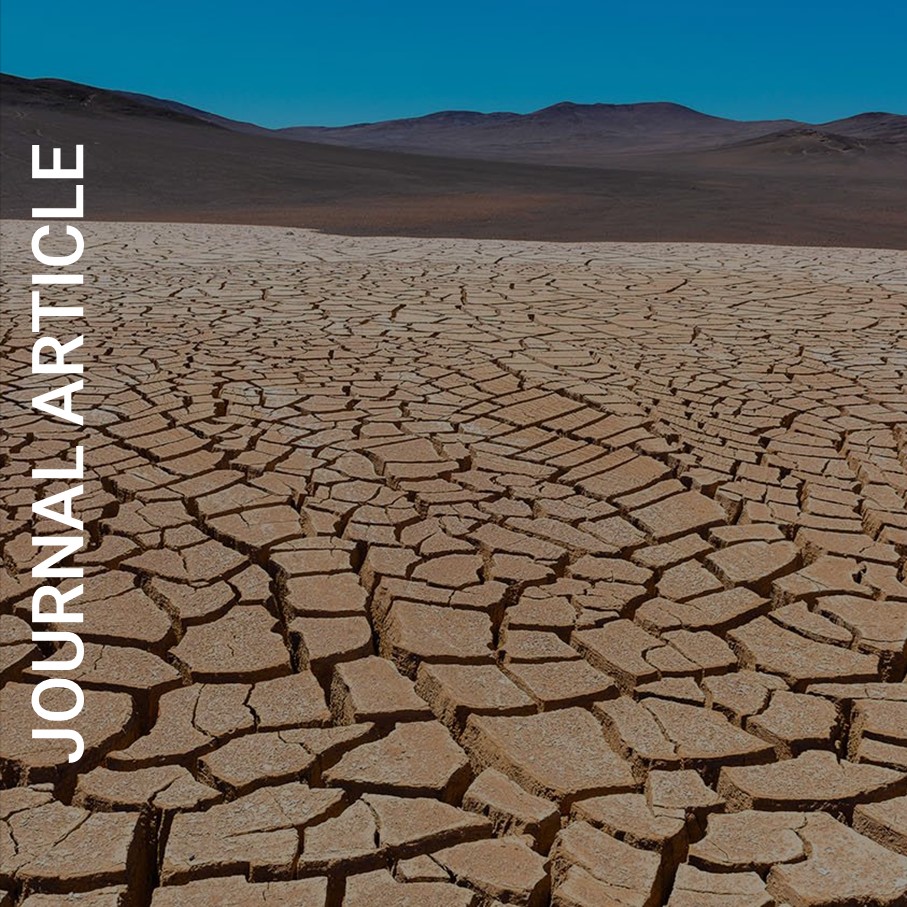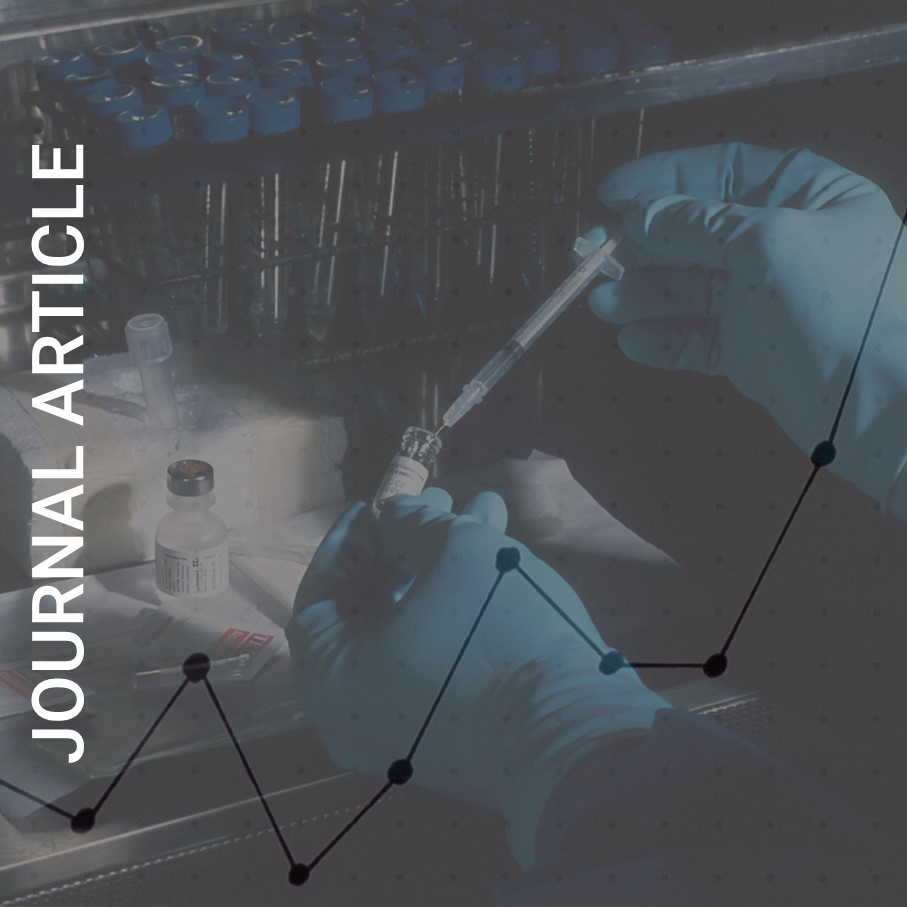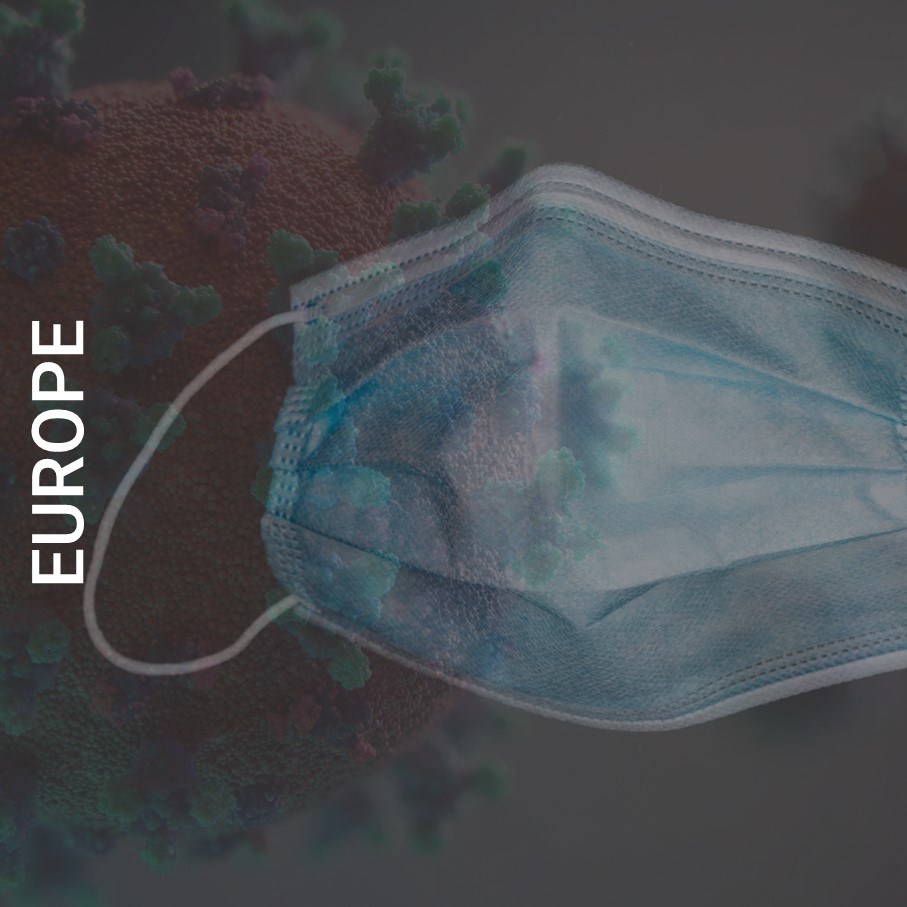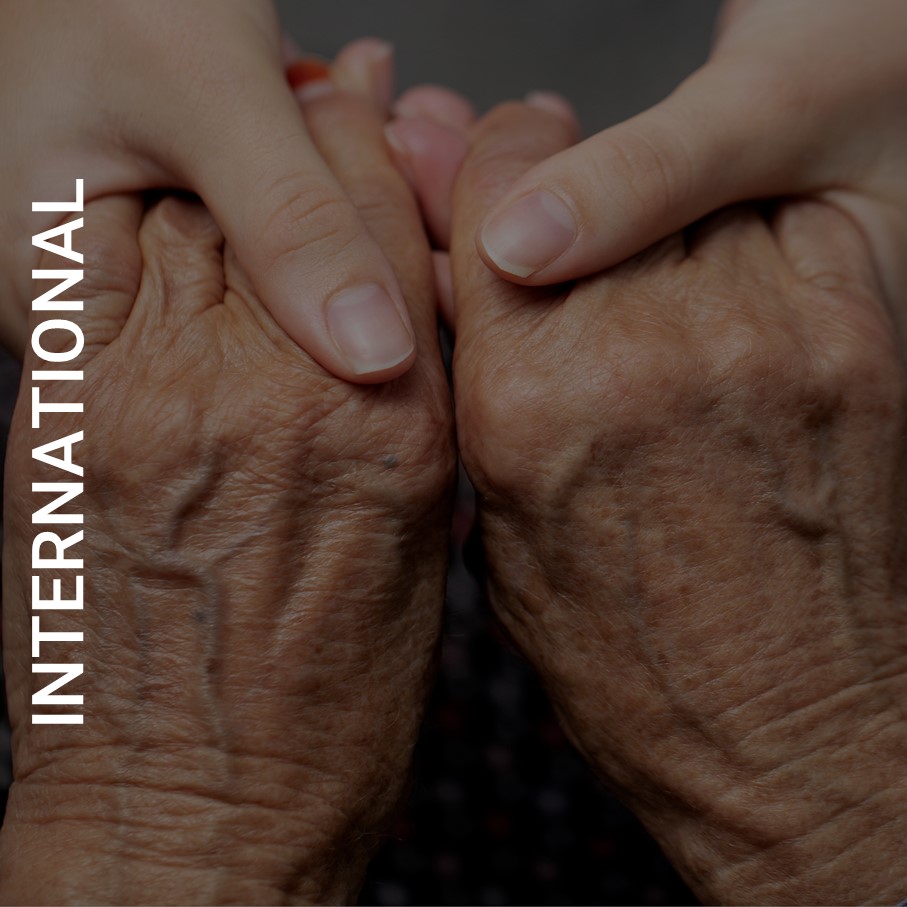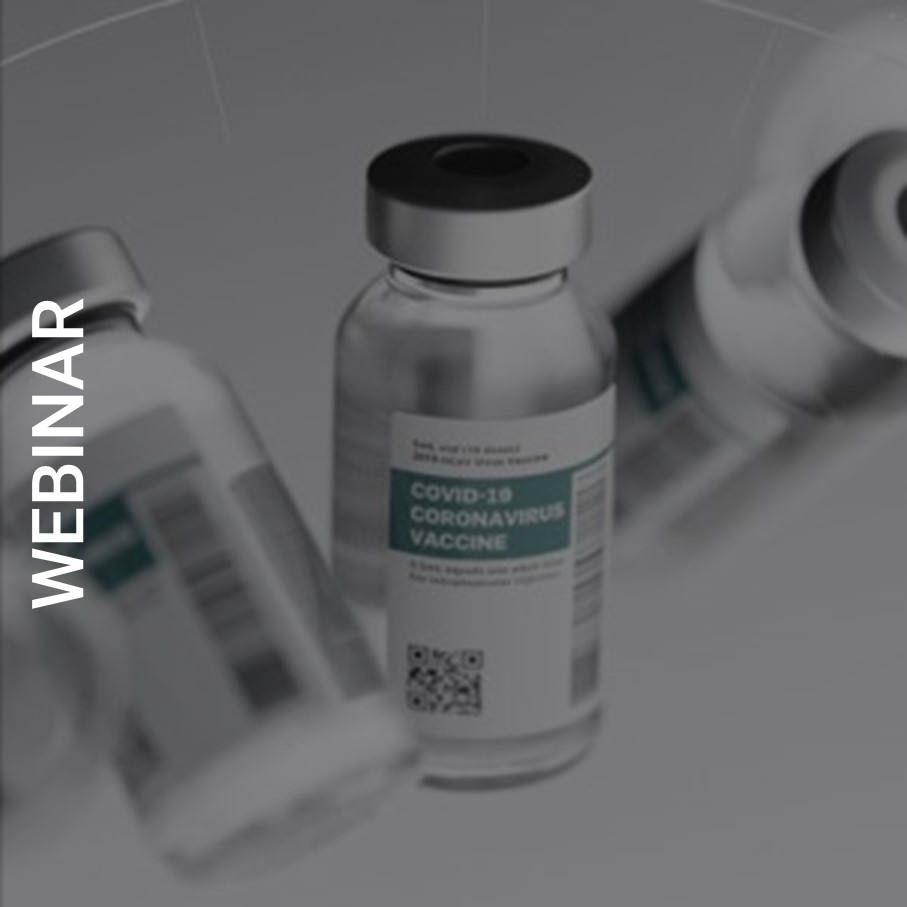OCTOBER 2022
Guest editor: Tim Watson | OHE Director
It’s always a good time to talk
Communicating with the public was once regarded as the dirty secret that researchers attempted to hide from their academic peers. The fear was that ‘dumbing down’ was frowned upon by colleagues and could be career-limiting.
Working in the august corridors of the world’s oldest scientific society in the early
2000s, I witnessed first-hand just how determined the UK’s Royal Society was to change this mindset, stay relevant, and reach a wider audience. Externally, the reputation of the Society’s Fellowship was used to highlight the role of scientific evidence in policy-making. Internally, communicating with the public was prioritised and better incentives were developed, linking funding with dissemination and impact.
What the Society’s leadership understood, and is still relevant today, is that research does not exist in a vacuum. It is intimately entwined with the world around it. On top of that, researchers receiving public funding are effectively employed by us as citizens and have a moral obligation to help society understand the importance and implications of their work.
We used to have very limited options for broadcasting our stories. Now, communication itself has transformed beyond what we could imagine. The plethora of content produced by companies, organisations, and individuals today is truly staggering. This exponential change presents both opportunities and challenges.
In a world governed by algorithms, any thought, insight, or opinion has the potential to go viral. Equally, it could be drowned out by the noise. One key change is that researchers no longer need to risk the media misinterpreting their work in pursuit of a better story. Instead, they can cultivate a direct two-way link to millions of people themselves.
The pandemic saw healthcare workers and researchers realise this potential by taking to platforms such as TikTok, Twitter and Instagram to help fight misinformation. Whilst sadly they couldn’t reverse the tide everywhere, they undoubtedly helped stem the flow.
Effective communication about health was essential during the pandemic and a heightened public interest has made health economics more relevant than ever. Even those who don’t know their macro- from their micro- economics recognise the fundamental contribution the discipline makes to a healthy economy, democracy, and society.
The world is facing multiple healthcare challenges that will only be solved by working together on a global scale.
The COVID-19 vaccine response shows how much can be achieved through collective effort. As Graham’s Top Read from the September issue makes clear, vaccines saved millions of lives and billions of dollars. It also revealed that the cost to high-income countries when not all countries are vaccinated far outweighs the cost of manufacturing and distributing vaccines globally. Yet, low-income countries still struggle with low vaccination rates – is something getting lost in translation?
One piece of research may not move hearts and minds, and a multitude of factors beyond the data will have contributed to this demoralising situation, but it is incumbent on us to ensure this knowledge lives beyond the pages of a journal and reaches the attention of the right decision makers.
My role, working with the passionate and talented economists here at OHE, is to ensure that we are engaging effectively with all our audiences. At the very least, we must be able to look back and say that we made every effort to share our work and maximise its impact.
The history of OHE is rich with examples of leading the way in key areas of health economics and policy. Building on that strong foundation we are looking to create OHE’s legacy for the next 60 years. We look forward to taking you with us on that journey.
MY TOP READ OF THE MONTH
“Digital health and mobile medical apps (MMAs) have shown great promise in transforming health care, but adoption has been unsatisfactory, and regulatory guidance and coverage decisions have been lacking”
With OHE experts having recently worked with digital health company, Sleepio, it is interesting to track the development of regulatory paths tailored to this new and promising category of interventions.
The COVID-19 pandemic greatly expanded the use of MMAs, but temporary policies governing their use and oversight need consolidation. The authors of this paper recommend a multidimensional assessment framework for regulatory, policymaking,
health technology assessment (HTA), and coverage purposes, which is based on the MMA lifecycle.
The recommendations go beyond economic dimensions such as cost and economic evaluation to include MMA development and update, classification and evidentiary requirements, performance and maintenance monitoring, usability testing, clinical evidence requirements, safety and security, equity considerations, organisational assessment, and additional outcome domains (patient empowerment and environmental impact).
NEW OHE LITERATURE
An OHE author has studied the effect of the 2015 Malawi drought on transactional sex, STIs and HIV. They used Demographic and Health Survey data to provide new evidence on the effect of an unanticipated economic shock on the sexual behaviours of young women and men.
The data showed that moderate drought doubles transactional sex among women relying on agriculture and that each drought increases HIV prevalence by 15% among men and women.
The results confirm that weather shocks can be important drivers of risky sexual behaviours of young women relying on agriculture. A six-month drought increases the likelihood that a young woman has had a sexually transmitted infection in the last year by 48%.
In situations of excess demand for healthcare, treating one patient means losing the opportunity to treat another. Therefore, each decision bears an opportunity cost. Nevertheless, when assessing the value of health technologies, these opportunity costs are not always fully considered.
In this peer-reviewed journal article, OHE experts present a pragmatic approach for conceptualising the health system capacity value of vaccines when considering opportunity costs.
Policy makers should be aware that, in addition to preventing the outcome of interest, vaccines and other preventative health technologies deliver value in maintaining regular healthcare services. Health system capacity value should therefore be a key element of health technology assessment.
The World Bank estimates that by 2050, 10 million people per year could die if new antimicrobials are not found. Without effective prevention and treatment of infections, medical procedures such as organ transplantation, cancer chemotherapy, and major surgery will become too dangerous to perform.
OHE experts contributed an analysis to EFPIA’s proposal for a new EU-wide pull incentive to address AMR. They estimated that developers need at least €280 million for a new product in an existing class of antibiotics and €440 million for a new class of antibiotic product. These estimates rely, however, on calculating a ‘fair European share’ of the global pull incentive based on a series of assumptions.
NEWS HIGHLIGHTS
With one UCL study putting the list of long COVID symptoms at more than 200, there is no doubting the complexity of this insidious condition. This complexity makes gauging the true prevalence of the condition a significant challenge.
The WHO has commissioned new modelling which estimates around 17 million people across Europe suffered with long COVID in the first two years of the pandemic. Symptoms were grouped around three clusters: respiratory, cognitive and fatigue or mood swings, and long Covid was classified as symptoms lasting at least three months.
WHO Europe’s regional director for Europe, Hans Kluge, said that the data highlights the ‘urgent need for more analysis, more investment, more support, and more solidarity with those who experience this condition’.
Given the physical and mental health burden for individuals, including many health workers who risked their lives during the pandemic, the WHO is calling for increased investment from individual countries. The aim is clearer reporting of cases, greater research into the condition, and evidence-based rehabilitation.
Positive results in the trial of a new Alzheimer’s drug have received a cautious welcome. The brain wasting disease affects about 55 million people globally, predicted to reach 139 million by 2050, yet there is no effective treatment available.
In the trial, 1,800 patients in the early stages of the disease were treated with lecanemab, a drug manufactured by Eisai and Biogen. Progress of the disease was slowed by 27% compared with a placebo. This is thought to be thanks to the removal of sticky deposits of the amyloid beta protein from the brains of those with early Alzheimer’s.
The finding is a boon for supporters of the much-debated amyloid hypothesis which led to the controversial FDA approval of Aduhelm, a previous product of the same partnership. Eisai say that, unlike Aduhelm, lecanemab targets forms of amyloid that have not yet clumped together.
Others urge caution: “Alzheimer’s is an extremely complex disease, and amyloid-related pathology Is unlikely to be the only player,” said Dr Kristian Federiksen at the University of Copenhagen. “Therefore, targeting a single target is not likely to produce large effect sizes.”
Many were taken by surprise at the speed with which the new Inflation Reduction Act was signed into law. It makes fundamental changes to federal health and climate policy.
Perhaps most controversially, changes have been made to Medicare’s purchases of prescription drugs. Several million patients stand to benefit from a cost sharing cap of $35 per month placed on the supply of insulin. But the pharmaceutical industry faces several cost-reduction provisions.
For example, Medicare is now required to negotiate prices for small set of drugs. The current criteria for this set, which is expected to account for up to 60 drugs, is focused on top sellers that have been on the market for a long time but do not face competition.
The Pharmaceutical Research and Manufacturers of America are strongly opposed to this provision, arguing that it will stem the flow of pharmaceutical innovation.
UPCOMING EVENTS
20 October | Virtual
This webinar brings together leading decision-makers and eminent policymakers from the UK Government’s COVID-19 pandemic response. They will discuss their experiences in government and how to handle risk, uncertainty and imperfect information in emergency situations and key lessons that should be applied for future pandemic preparedness and response.
7 December | Virtual
In our final webinar of the year, we are reflecting on the highlights and lowlights of the past year, which OHE research trends have had the biggest impact in 2022, and discussing which emerging issues we have identified for 2023.
14 December | Virtual
Join us virtually to hear the 2022 OHE Innovation Policy Prize winner present their solution – an original, globally feasible, and theoretically grounded piece of research. You will also hear our expert judging panel discuss the challenges we’re facing regarding ‘fair pricing’ and the broader range of ideas and solutions we received.
Register your free ticket today.


